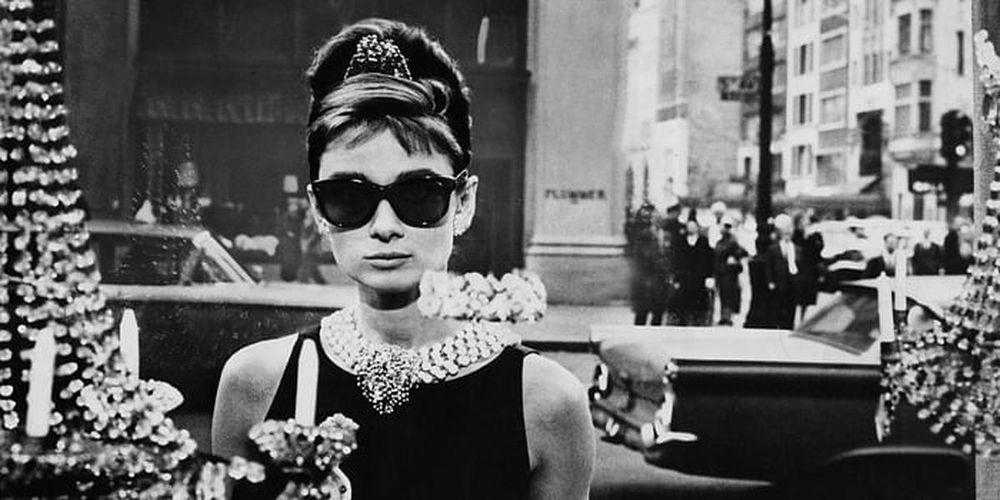20 Things You Didn't Know About Pearls
Because the pearl is the gem of queens and the queen of gems

Because the pearl is the gem of queens and the queen of gems.
From: Town & Country
Related Articles:
A History of the Most Expensive Pearls Ever Sold
All The Different Types Of Pearls You Need To Know
Lupita Nyong’o’s Calvin Klein Oscar Gown Stolen
It's tradition for a bride to wear pearls on her wedding day because the gem is believed to signify purity and beauty. This has been a tradition since the time of the Ancient Greeks who believed that pearls were the tears of the gods. Brides wore pearls so that they wouldn't cry on their wedding day.
Pearls derive their iridescence not from a mineral but from an organic material called nacre; the mollusk secretes it when an irritant (usually a microscopic organism—not a sand) finds its way into the fleshy part inside the shell. Pearls emerge from those shells as finished products, requiring no cutting or shaping to bring out their radiant allure.
Virtually every major empire of antiquity, especially ancient Rome, valued pearls for their beauty and powerful symbolism. However, it took Persian Gulf pearl traders in the 18th and 19th centuries to bring the gems to the attention of India's Mughal emperors, who festooned tunics, ornamental belts, carpets, and canopies with ropes of the silvery baubles, forever imbuing pearls with lavish, upper-crust associations.
By 1900 demand for the natural sea-born treasures was so high that scientists in Japan and Australia (both areas are surrounded by seas with large pearl-producing oyster populations) began to experiment in ways to intervene the process. In 1893, Kokichi Mikimoto, the son of a noodle maker, perfected a method of culturing pearls, a process in which a spherical bead or piece of mantle tissue is implanted in the mollusk, stimulating nacre formation. Mikimoto's marketing savvy changed the arc of pearl history.
At the peak of the Romans' obsession with pearls, during the first century BC, women upholstered couches with them and sewed so many into their gowns that they trampled their own pearl-embroidered hems. Lupita Nyong'O revived the look in 2015 with a pearl-encrusted Calvin Klein dress.
Photo: KEVIN MAZUR/WIRE IMAGE
Rather than keep her pearls locked up in a safe, Sara Murphy liked to wear hers to the beaches of the French Riviera. Clearly an early proponent of high-low dressing, the American expat preferred to have extralong strands dangling down her back. She believed that the sun helped bring out the pearls' natural luminescence.
Photo: ESTATE OF HONORIA MURPHY DONNELLY